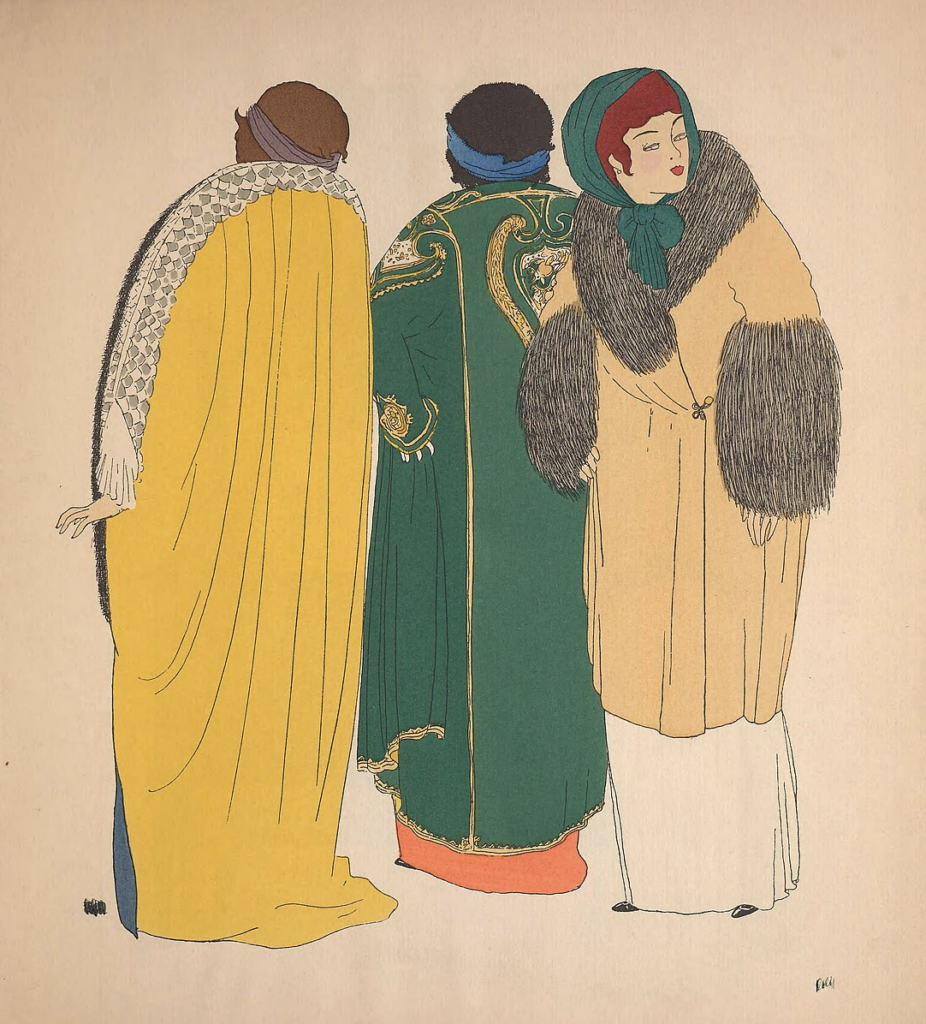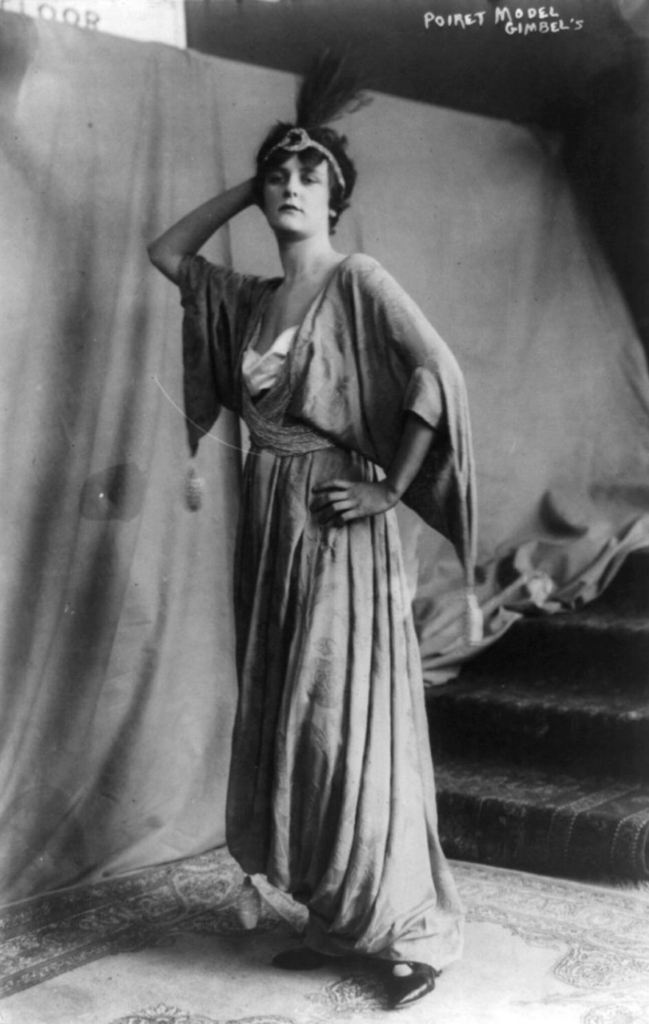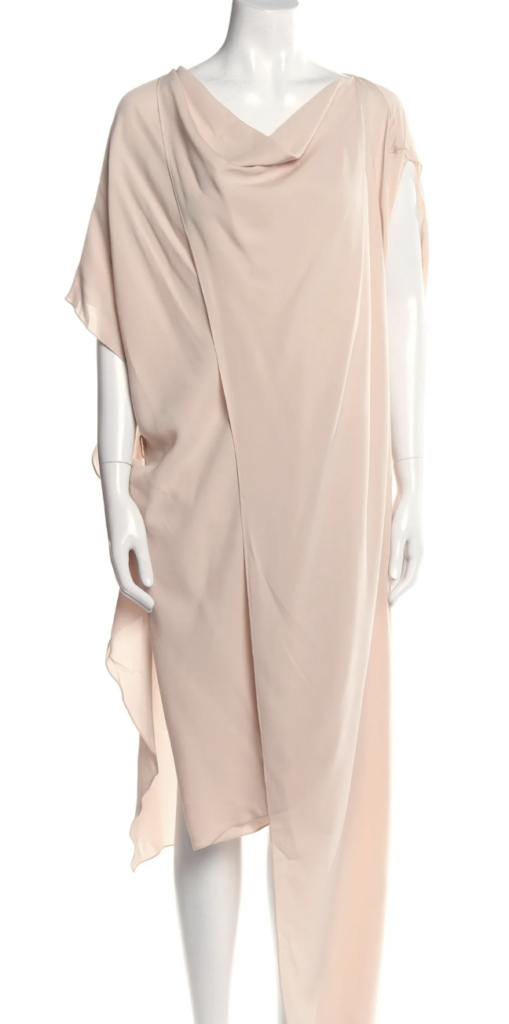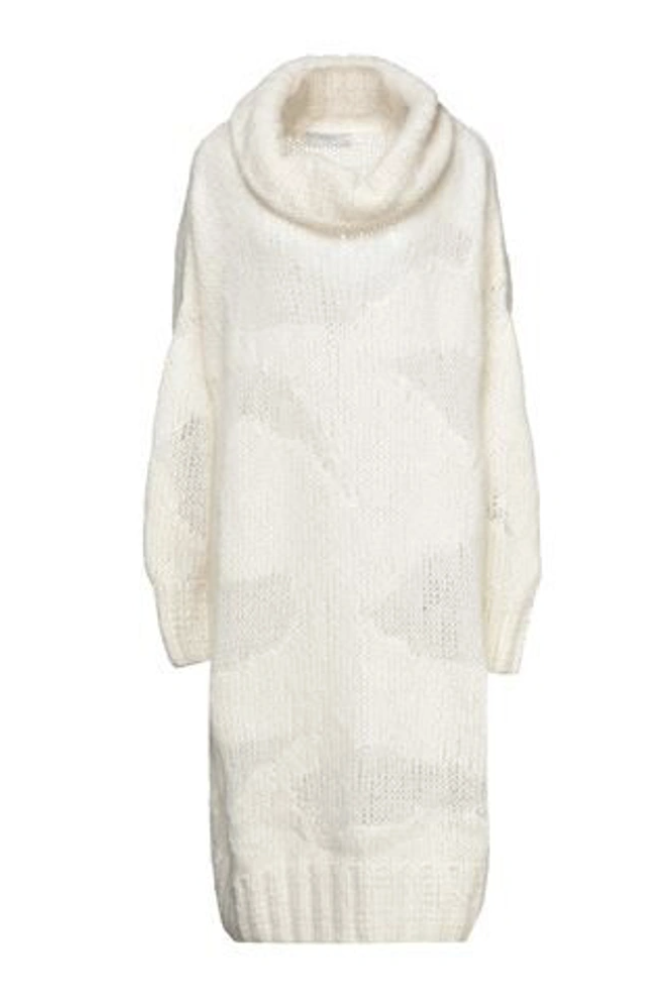

Paul Poiret was a prominent French fashion designer who played a significant role in shaping the fashion landscape of the early 20th century. He is often referred to as the “King of Fashion” and is known for his innovative designs, artistic approach to clothing, and his influence on freeing women from restrictive corsets and introducing more relaxed and flowing silhouettes. Poiret was known for his avant-garde and unconventional designs. He introduced new shapes and silhouettes, moving away from the corseted and heavily structured styles of the late 19th century. His designs featured draping, loose-fitting garments, and a focus on comfort and movement. Poiret was inspired by various art forms, including the orientalism trend, ancient civilizations, and Art Nouveau. He often incorporated bold colors, intricate patterns, and rich fabrics into his designs. In 1910, Poiret introduced the hobble skirt, a style that featured a narrow hemline that restricted women’s movement. This design caused controversy but also showcased Poiret’s inclination toward creating unique and attention-grabbing fashion. Poiret was a pioneer in organizing elaborate fashion shows and events to showcase his creations. He understood the importance of not only designing clothes but also presenting them as a complete concept, often using music, dance, and theatrical settings. Poiret expanded his brand beyond clothing and ventured into fragrances, launching his own line of perfumes. He also designed accessories such as jewelry, handbags, and decorative arts. Poiret was part of the movement that liberated women from the confines of corsets and introduced a more modern, relaxed style. His designs influenced the direction of fashion, paving the way for the flapper style of the 1920s. Paul Poiret’s innovative designs and contributions to fashion marked a turning point in the industry’s history. His emphasis on artistic expression, unique silhouettes, and the importance of presentation left an indelible mark on the evolution of fashion design.




